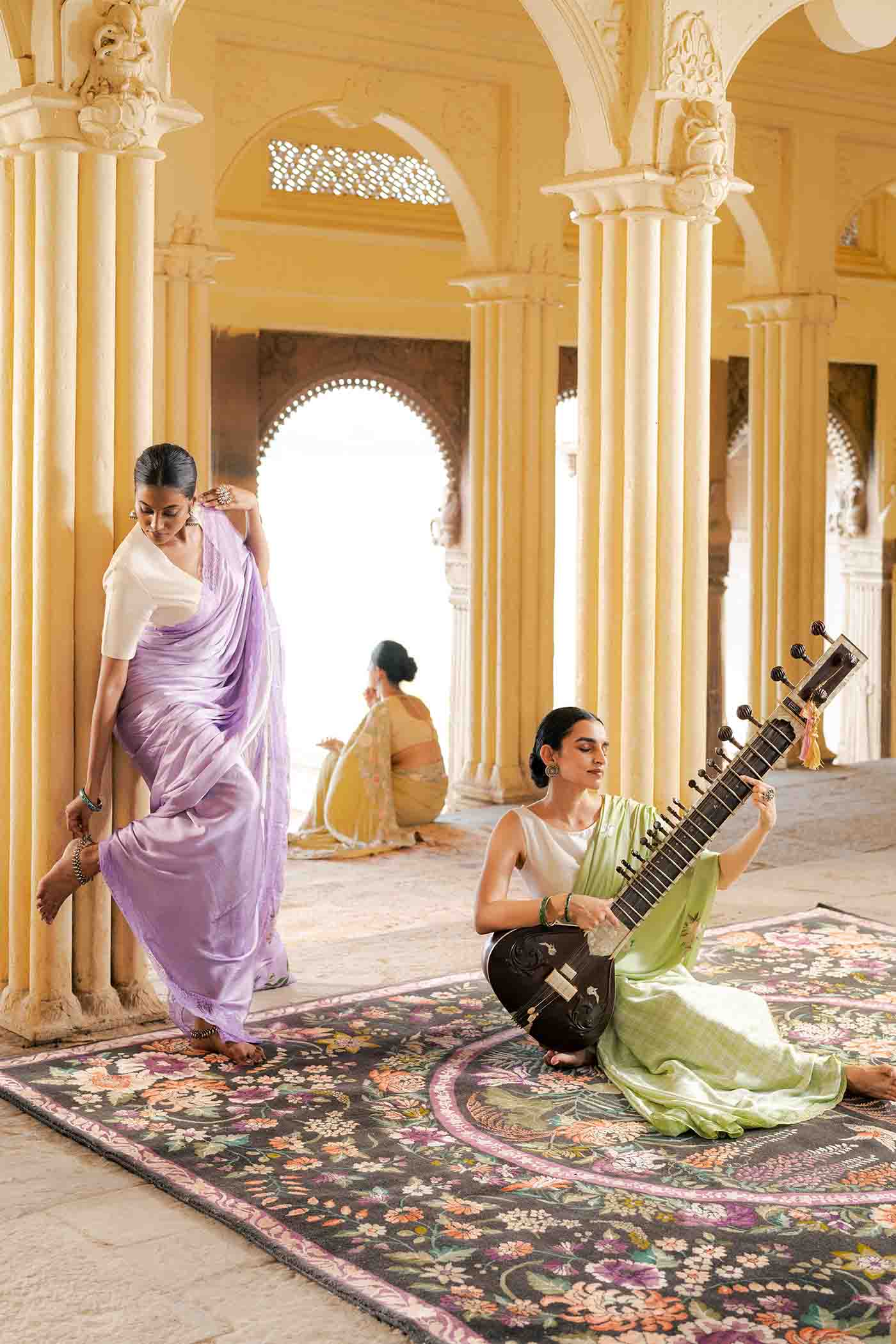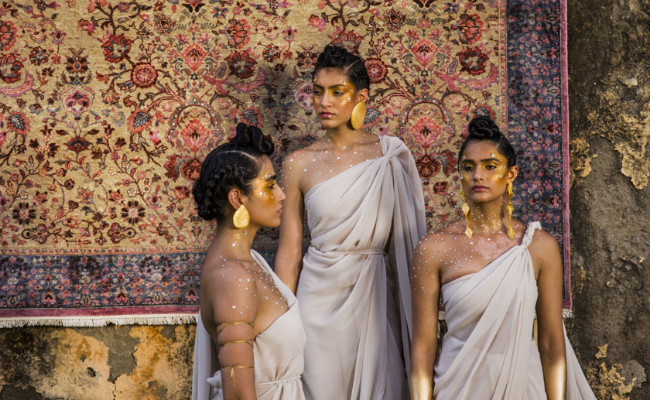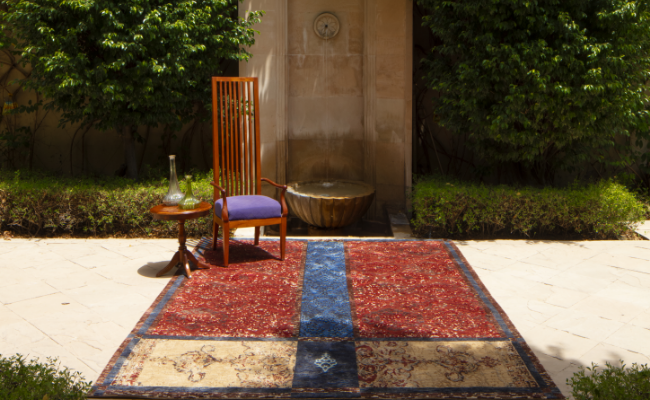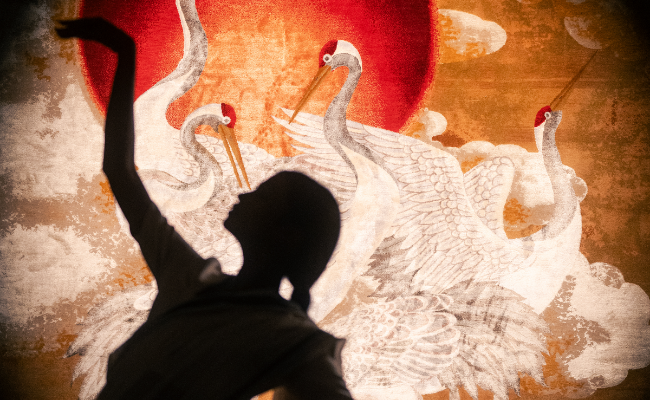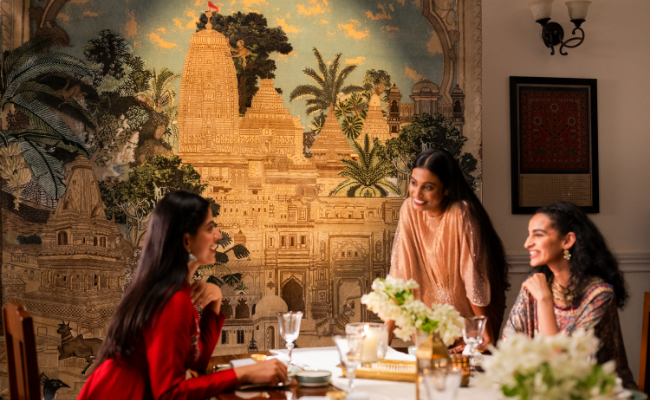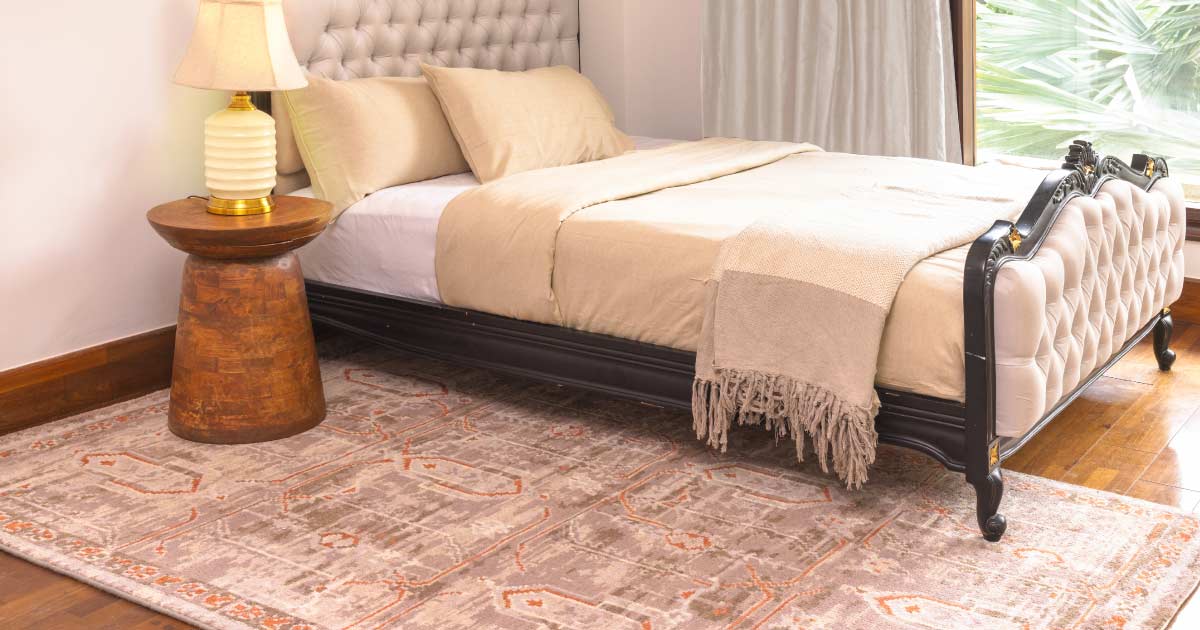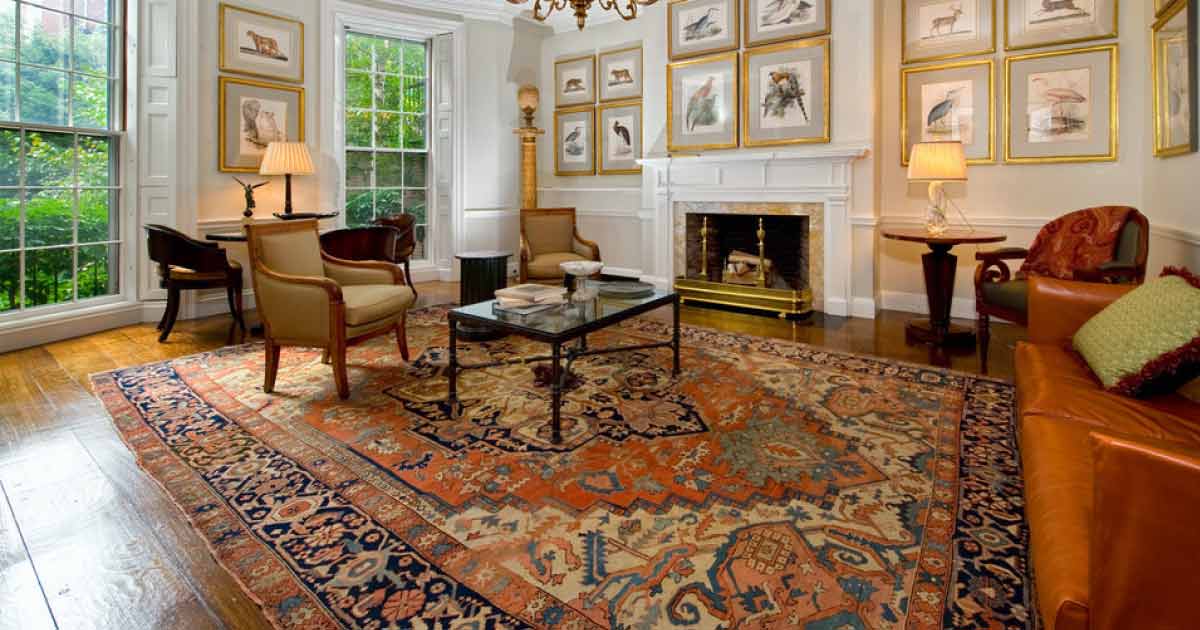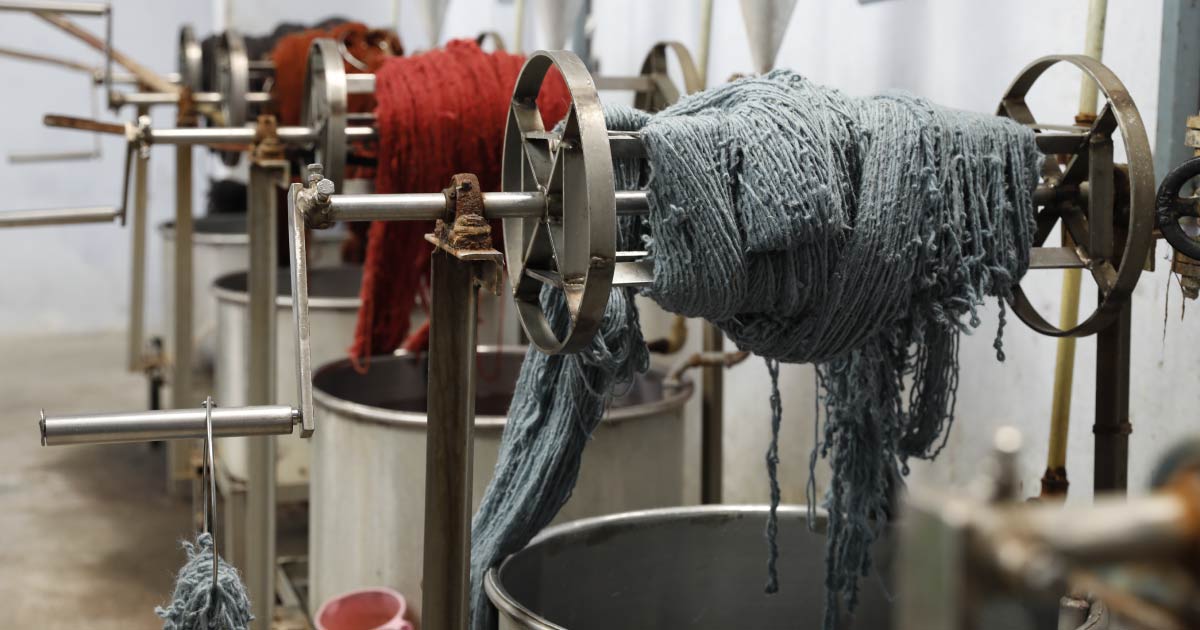
The Process of Dyeing Yarn for Carpets
When it comes to adorning our homes with rugs, it is important that we choose the colour scheme that complements the colour pallet of our home. The right colours can impact the theme of the rug and the ultimate vibe it will create in our space. For instance, neutral toned rugs tend to sit well with spaces that have a contemporary décor setup. On the other hand, vibrant tones go well with traditional setups, matching well the vibrancy of a traditional interior. To achieve a unique ambience in our home, we can go for contrasting tones to make our space look unique and interesting.

Therefore, knowing how the dyes are produced and how the yarn is coloured using these dyes can help you ask the right questions about your rug when step out looking for the perfect rug for your home.
The process of dyeing
If you happen to have a little knowledge of rugs, you would know how the process of dyeing is an elaborate one. After the yarn is spun, it is taken into the next phase of colouring it. The process requires apt knowledge and accuracy to get good results. If not done properly, paying attention to every step, the final result may impact the desired look of the rug. For hand knotted and hand tufted rugs and carpets the yarn will always be dyed with natural dyes.
Not all rugs and carpets are created equal when it comes to colour prowess and maintenance. The dyes and dyeing technique used determine how well they will perform in the environment; this means how they will react with the sunlight or the moisture present in the air. There are several common carpet and rug dyeing techniques. Yarn can be dyed either before or after it is inserted into the backing of an unfinished carpet or rug.
Types of dyes
By gathering shells, such as those from walnuts or pomegranates, and creating a decoction from them, it is possible to synthesise several natural colours rather easily. However, there are some shades that can only be created synthetically to get the right level of vibrancy. Abrash, or colour fluctuation, can occasionally be seen in carpets from nomadic and rural areas. This is due to the possibility that the weaver did not have enough yarn in that particular colour.
Therefore, the yarn that did not exactly match the previous shade must be dyed again during the craft or the dyeing process. This abrash is not to be considered a flaw in village and nomadic carpets because of their simple patterns; rather, it serves as a reminder of the working conditions of the weavers, keeping the authenticity and its traditional appeal intact.
Before being used to make rugs or carpets, yarn might be "solution dyed" or "stock dyed." In the former, the polymer from which yarn fibres are extruded receives a coloured pigment. In this method, colour is integrated into the fibre. This method of dyeing is used on olefins, most commercial nylon carpets, and some polyester fibres. Olefin receives its colour brightness and retention from it. However, unless acid blockers are used, the colour of nylon fibre can still be damaged by acids from food spills or other sources. For this reason, we at Obeetee carpets understand the importance of colourfastness for our consumers and only use natural dyes to shade our rugs and carpets. In addition, all our rugs have an enhanced sheen as we give them a high lustre wash post the dyeing process.
In stock dyeing, yarn is dipped into a dye bath, where pressure and heat compel the dye to penetrate the fibre. Wool, acrylic, polyester, and nylon are frequently processed using this technique. It depends on the fibre and dye type, but generally speaking, stock-dyed fibres are more prone to fading, bleaching out, and staining.
Difference between synthetic and natural dyes
Natural or synthetic dyes are both suitable, while synthetic dyes are typically more stable.
After the backing and face fibre have been combined, post-dyed carpets and rugs are given their colours. In general, dyes are either imprinted using a printing screen, roller, or ink jet, or driven into the fibre by immersion, under pressure and heat (also known as "piece" or "back" dyeing, also known as "continuous" dyeing). Since the colour doesn't reach the background, printed rugs and carpets are simple to identify. In comparison to rugs or carpets dyed using other dyeing techniques, it is somewhat less colour stable (may be impacted by harsh cleaning solutions).
This is why, when asking your specialist about the rug, it is important that you ask them about what kind of dyes have been used. At one glance, it might be impossible for you to determine what kind of dye has been used for a particular rug, asking questions can help you know how you should care for your rug, and what kind of detergents should be used in order to clean it.


